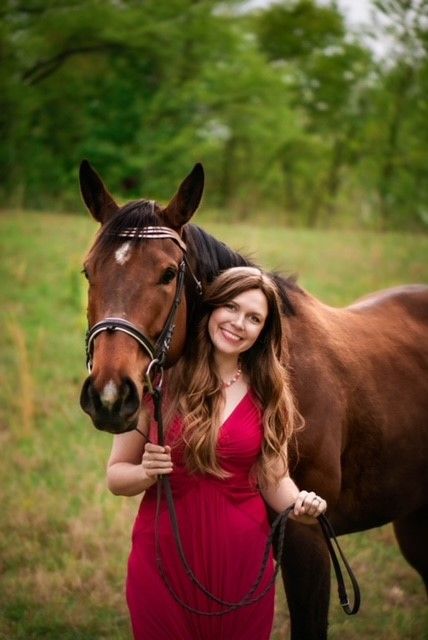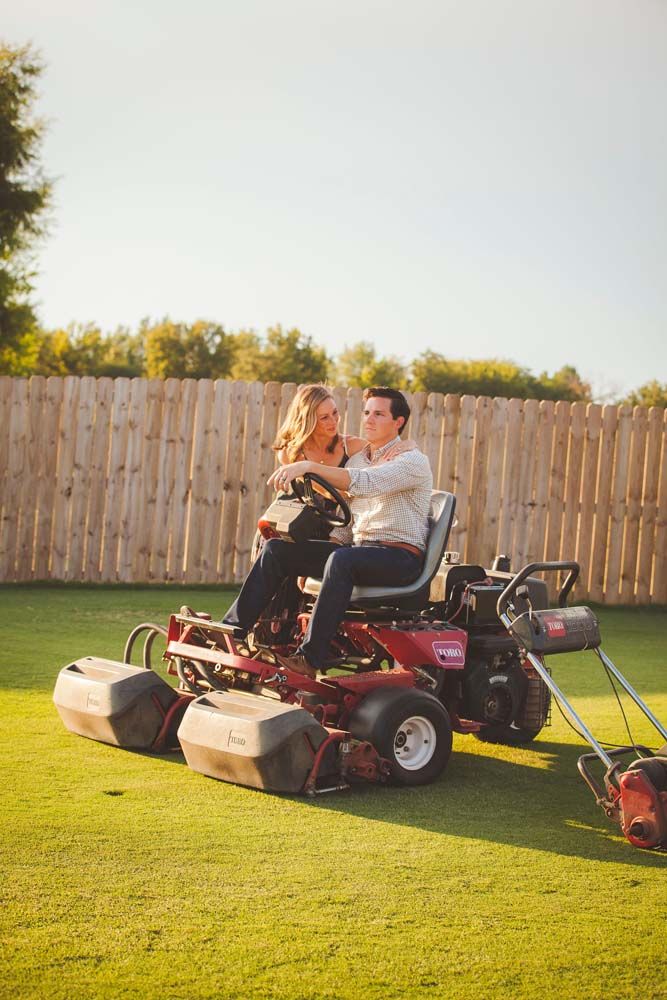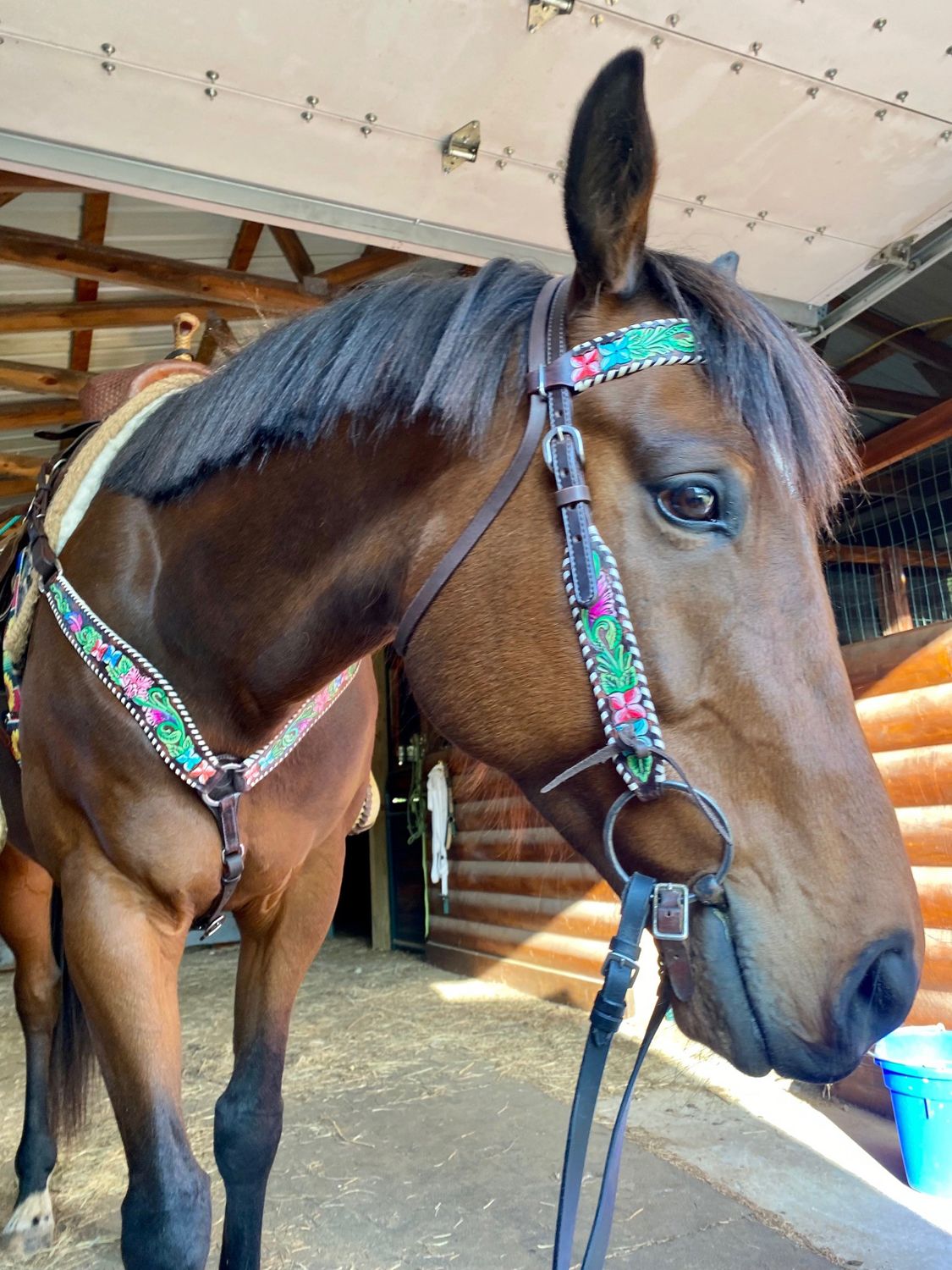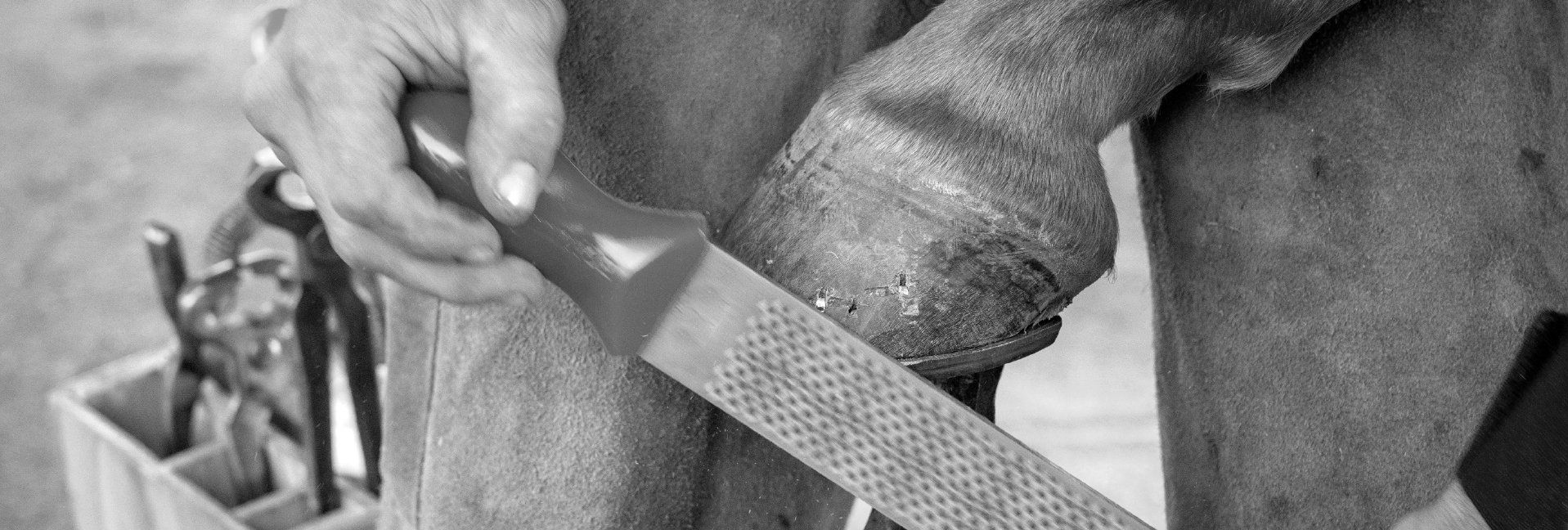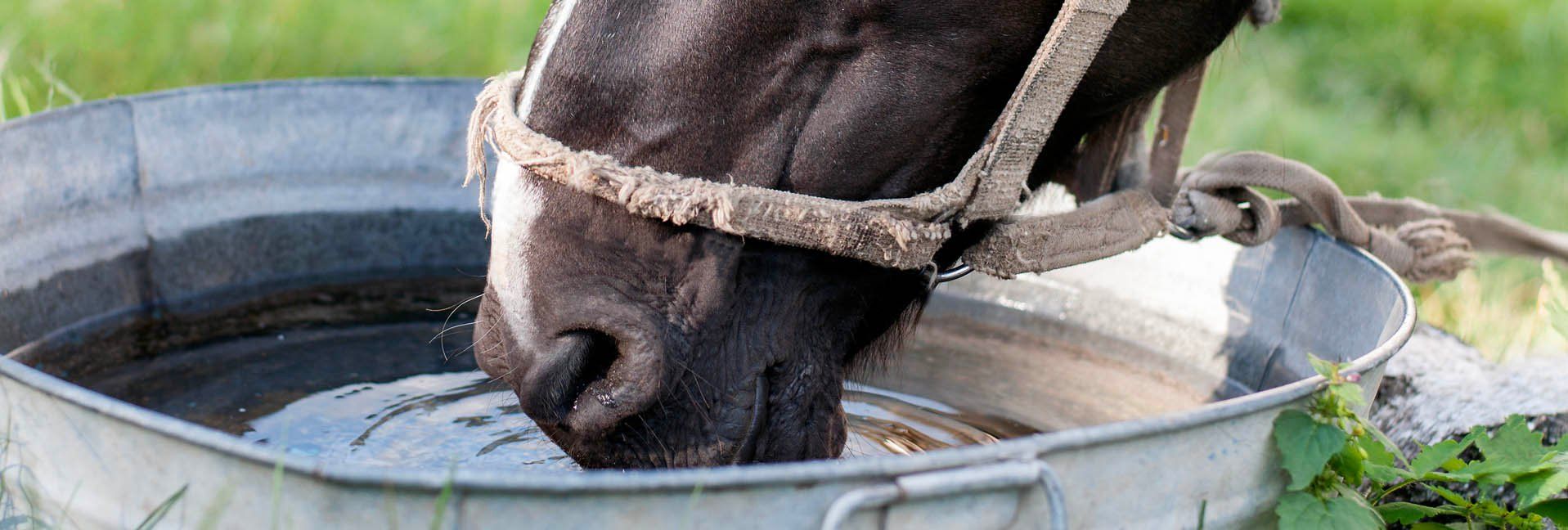Weathering The Winter
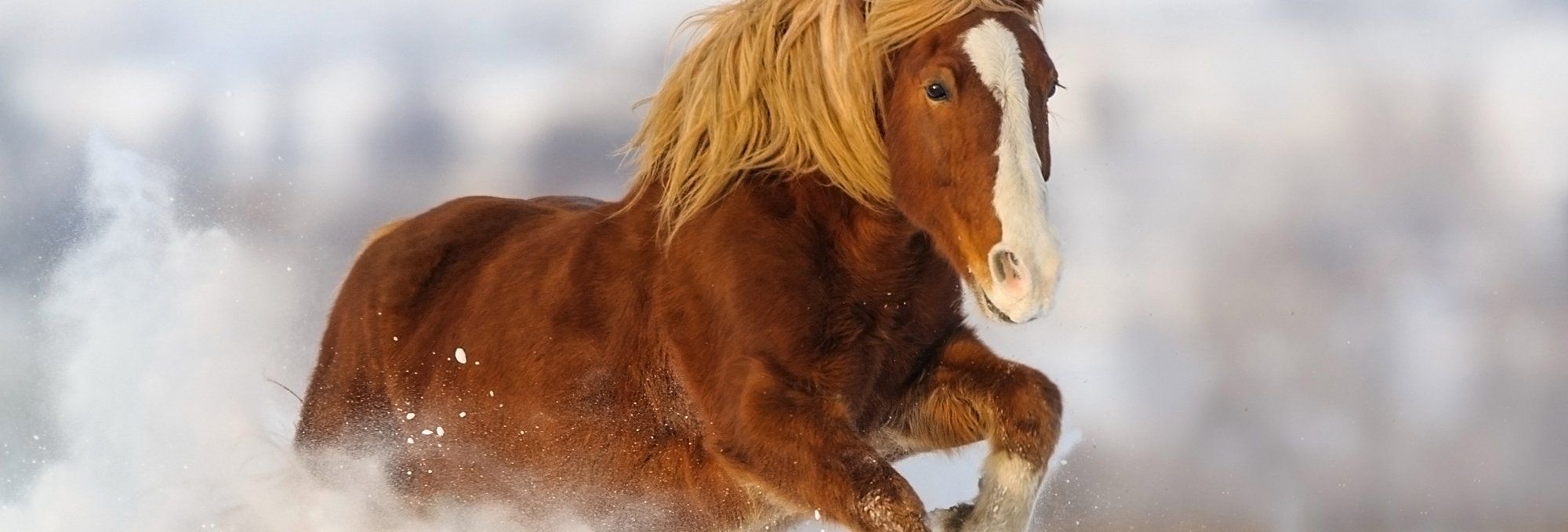

3 facts that can help your horse
Wintertime calls for a change in how we feed our horses but not in the way many would think. If you’re upping your horse’s grain, put the feed scoop down and continue reading.
“Many horse owners may not realize they actually need to feed horses differently in the wintertime than they do in the summertime,” Jyme Nichols, PhD, director of nutrition at Stride Animal Health. “Increasing the amount of hay is the best way to increase heat production and keep a horse warm during winter. Horses will naturally increase the amount of hay that they eat, based on the temperatures dropping.”
She offers up these three facts.
Fact 1:
A horse’s thermoneutral zone directly impacts nutritional needs
“The first thing that I think is important for everybody to understand is a term that sounds a little bit intimidating — thermoneutral zone,” Dr. Nichols says. “This is basically the temperature outside in which a horse can maintain their own core body temperature without having to exert any extra effort to regulate either their heat loss or heat gain.”
Horses in the United States have an average thermoneutral zone between 40 and 80 degrees, which means horses near the low end of their thermoneutral zone will have to use extra energy (thus calories) to maintain heat.
“Anytime you combine cold temperatures on top of moisture—wind, ice, and of course snow—a horse will have to increase their heat production and will need to consume more calories. Additionally, young horses or underweight horses are going to hit that lower, critical temperature and get colder faster than a mature horse or a horse that's going into wintertime with really good body condition,” Dr. Nichols says.
Fact 2:
A Horse’s Feed Sources Will Help Them Maintain Warmth, in Addition to Weight
It’s important to understand “metabolic heat production” as it relates to increasing a horse’s feed during cold temperatures. Dr. Nichols explained, saying, “Think of a horse’s digestive system, or their hind gut, as a furnace. The more the microbes in the horse’s hind gut are able to digest and ferment – especially fibers – the more heat that can be generated for that horse. That's part of what goes into keeping them warm.”
Fact 3:
As weather changes, so should a horse’s diet, (but not the way some think)
“A lot of times, people can get hung up thinking, ‘I need to change up [my horse’s] grain, or I need to change how much grain I feed,’” Dr. Nichols says.
While a well-meaning sentiment, increasing grain can be harmful to a horse’s health—heightening colic risk and more—and secondly, doing so may not be enough to help a horse maintain their warmth when they need it most. Increasing the amount of hay our horses receive is key for heat production, rather than grain.
Regarding how much more hay to provide—remember that the average thermoneutral zone for horses in the U.S. is between 40 and 80 degrees. Dr. Nichols says, as a general rule of thumb, for every one-degree Fahrenheit below the lower range of 40 degrees, horses will need an extra 200 calories.
Dr. Nichols says, “Your average hay is going to have between 800 to 1,000 calories per pound. Let's say you've got a 10-degree drop—you’re going to need an extra 2,000 calories. All I did there was just take that 10 degrees times 200 calories, and that gets me to 2,000 calories, which is roughly 2 to 3 lbs. extra hay per day. So, if you're feeding small square bales of grass hay, that's probably going to be an extra flake, maybe an extra two flakes.”
Special care may be needed for your hard keepers and seniors.
“For horses who are underweight, it is important to try to improve their body condition, which will support their thermoregulation and overall health. In addition to increasing their total hay intake, we recommend adding a high-quality protein and energy supplement to help support healthy weight gain,” says Tony Hawkins, DVM, technical service veterinarian at Valley Vet Supply.
More equine science is available here
https://esc.rutgers.edu/fact_sheet/winter-feeding-for-horses/
Tags:Horse Sense

Acreage Life is part of the Catalyst Communications Network publication family.




